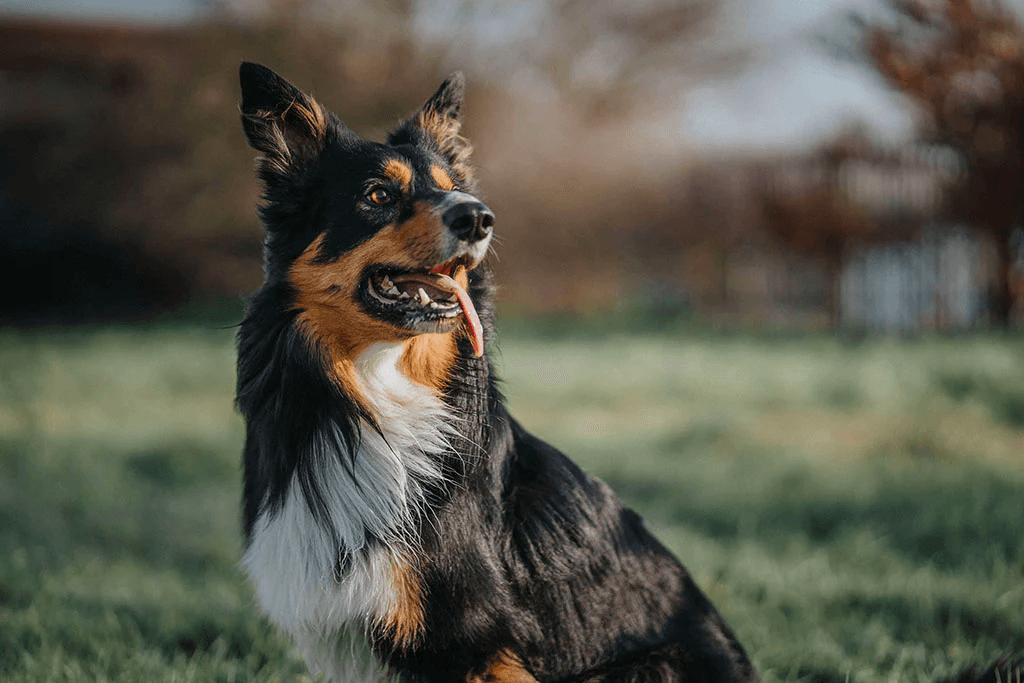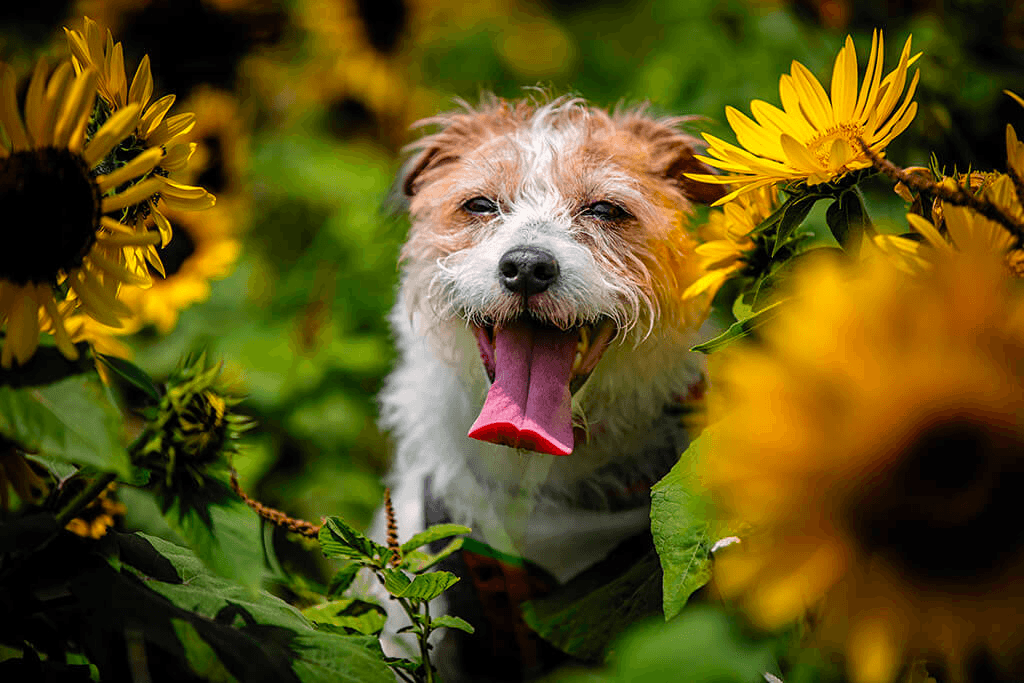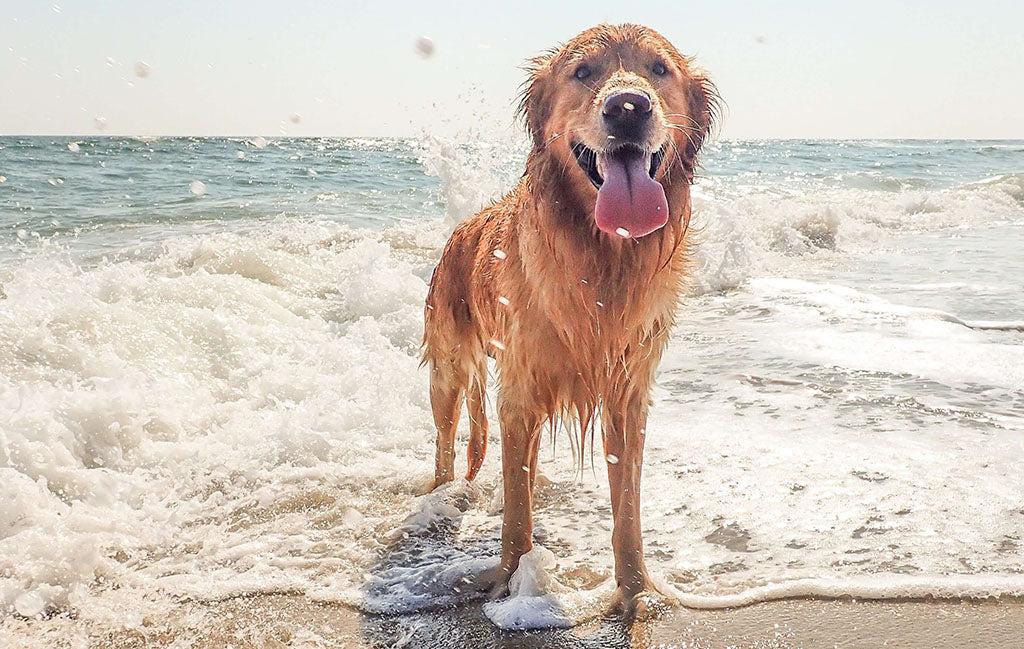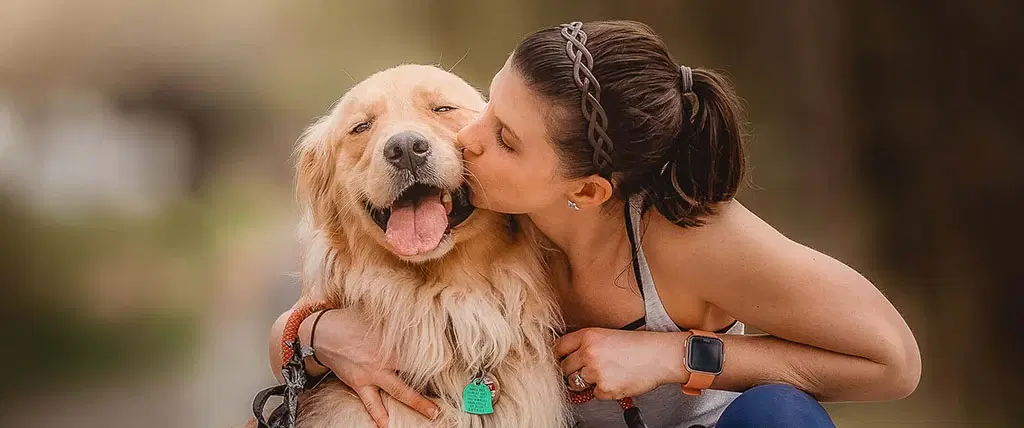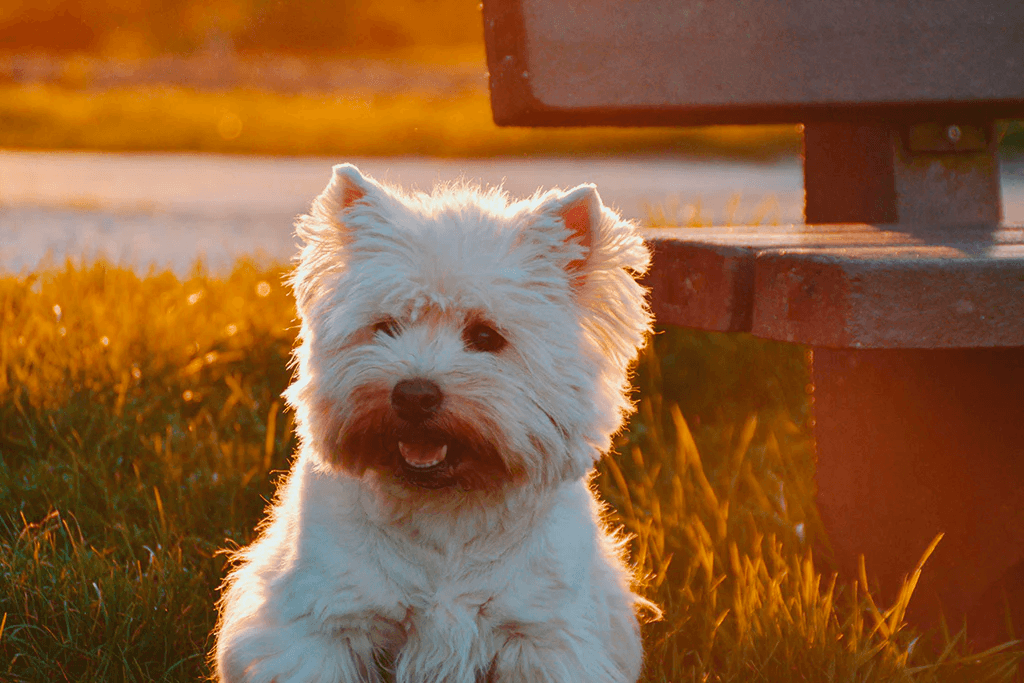If your dog’s poop looks green, you might start to panic. But this can be caused by a variety of things. Discover possible reasons and when you should see a vet.
- Home/
- Dog/
- Health & Wellness/
- Green Dog Poop: 7 Causes Explained by a Vet
Green Dog Poop: 7 Causes Explained by a Vet

Most dogs poop on the daily, and most pet parents don’t think much of it until they notice something different. A change in poop consistency or color can be a sign that something is amiss with your dog’s gastrointestinal health. If you’re noticing green dog poop, you’re sure to have a few questions.
Learn what green dog poop means and how to keep your dog’s stools healthy.
Green Dog Poop: Shades and Consistencies
Green dog poop can take on various shades and appearances, such as:
- Dark green dog poop: An overall dark green shade is usually related to something the dog ate, such as grass or a dye in their dog food.
- Bright green dog poop: Bright green dog poop can be an indicator of eating something toxic, like rat poison. Occasionally, bright green feces can be related to non-toxic ingestions, such as a lime green crayon.
- Yellow green dog poop: Yellow coloring may be related to gallbladder conditions or poor digestion.
- Slimy green dog poop: Slimy green dog poop usually indicates the presence of mucus. Some mucus is normal in a dog’s stools, but a lot of mucus can indicate inflammation in the large intestine.
- Green diarrhea: Green diarrhea usually occurs if food is moving too quickly through the gastrointestinal tract, such as if the dog has an infection in their intestines.
- Green streaks or debris in the poop: Green streaks or debris in the poop can occur if the dog eats something, like a blade of grass or a piece of a toy.
Is Green Dog Poop Normal?
Normal dog poop is formed, segmented, and light to dark brown. However, that doesn’t mean you should automatically be concerned if your dog has green poop.
Green dog poop is more concerning if your dog is having loose stools or diarrhea, if there is a lot of slime or mucus in the poop, or if your dog is otherwise acting ill (vomiting, lethargy, loss of appetite, etc.). You should also get your dog examined if the poop has turned green without a known simple cause, such as eating a lot of grass or a change in diet.
Understanding the potential causes can help you determine if you should get your dog checked out by the veterinarian.

Possible Causes and Meanings of Green Dog Poop
So, what does green dog poop mean? As mentioned, not all causes of green poop are concerning. By familiarizing yourself with why your dog’s poop may be green, you can determine if your pet needs medical attention.
Eating Grass
Eating grass is one of the most common reasons a dog could have green poop. This may case the poop to have a green hue or result in green streaks in the poop. This isn’t usually a cause for concern as long as your dog’s stools return to normal and as long as there aren’t other signs, like vomiting.
Food Coloring
Green dyes in your dog’s food or something they ate can give their poop a green color. If you’ve recently changed your dog’s diet and are now noticing greenish stools, this is likely the reason. Your dog’s stools should still be formed, and your dog shouldn’t be experiencing other symptoms. The poop may maintain a greenish color while the dog continues to eat the diet. Green treats may also contribute a greenish color to your dog’s stools.
Ingestion of Green Objects
If your dog eats a green object (crayons, toys, etc.), you may notice a green color to their stools. In some cases, such as ingestion of a crayon, you may notice an overall green color. If your dog ate a part of something, like a green toy, you may only notice green chunks in your dog’s poop.
Ingestion of foreign objects can cause a blockage in your dog’s gastrointestinal tract. Make sure to seek veterinary attention if your dog develops vomiting or loss of appetite.
Ingestion of Rodenticide (rat poison)
Rat poison is often green and can result in dog stool that also looks green. Rat poison is toxic to dogs. If you’re concerned that your dog may have consumed rat poison, you need to contact a veterinarian as soon as possible.
Gallbladder Problems
Issues with the gallbladder can cause green (or yellow) poop because of the bile excreted from the gallbladder. Other signs to watch for include diarrhea, vomiting, jaundice, lethargy, and loss of appetite.
Giardia and Other Parasites
Some parasites, such as giardia, can affect how quickly food passes through the intestinal tract. If the food passes too quickly and nutrients are poorly absorbed, the stools can have a greenish hue.
Consider parasitism as a potential case of green stools if your dog isn’t on parasite prevention, frequently goes outside or to dog parks, is often around other dogs, or is experiencing diarrhea. Keep in mind that while routine parasite preventives prevent a lot of intestinal parasites, a dog on prevention can still contract giardia or coccidia.
Dogs with giardia often have a lot of mucus in their poop and/or diarrhea, so this may be another indicator that your dog has a parasitic infection.
Gastroenteritis
Anything that causes gastroenteritis (inflammation of the stomach and intestines) can result in green dog poop. This includes infections, parasites, inflammatory bowel disease, stress, and more. The green hue develops because items move too quickly through the gastrointestinal tract and uptake of nutrients is impaired. The body may also fail to reabsorb bile, contributing to the green color.
Dogs with gastroenteritis often have other signs, such as diarrhea, vomiting, stomach pain, or loss of appetite.
Should You Worry About Green Dog Poop?
If you saw your dog eat grass or if you recently changed your dog’s diet, the change in stool color is usually not concerning. You’d want to make sure the stools still have a normal consistency and that your dog is acting like their usual, happy self.
Signs that your dog should see a veterinarian include:
- Diarrhea
- Vomiting
- Loss of appetite
- Reacting painfully to having the abdomen touched
- Lethargy
- Bright green stools
- Presence of blood in stool
- Jaundice
You should also consult with your veterinarian if there is no known cause. If your dog’s poop is bright green, which could indicate toxin exposure, seek emergency attention. You should also see an emergency veterinarian if your dog has jaundice or is acting severely ill.
If you’re at all concerned, it’s always a good idea to speak with your veterinarian.
How to Keep Your Dog’s Poop Healthy
You as the pet parent play an important role in keeping your dog’s poop healthy. The following tips will improve your dog’s digestive health.
- Feed a vet-recommended, high-quality diet that’s appropriate for your dog’s life stage.
- Provide meals in consistent amounts and at regular times.
- When switching dog foods, do so slowly over 7 to 10 days.
- Keep treats under 10 percent of your dog’s total caloric intake.
- Don’t feed table scraps to your dog.
- Keep your dog on regular parasite prevention.
- Prevent your dog from drinking water out of ponds, creeks, or communal water bowls.
- Keep your dog up to date on vet-recommended vaccinations.
- Stick with regular veterinary check-ups as recommended by your veterinarian.
- Keep toxins, including rat poison, out of reach of pets and children.
 R
R